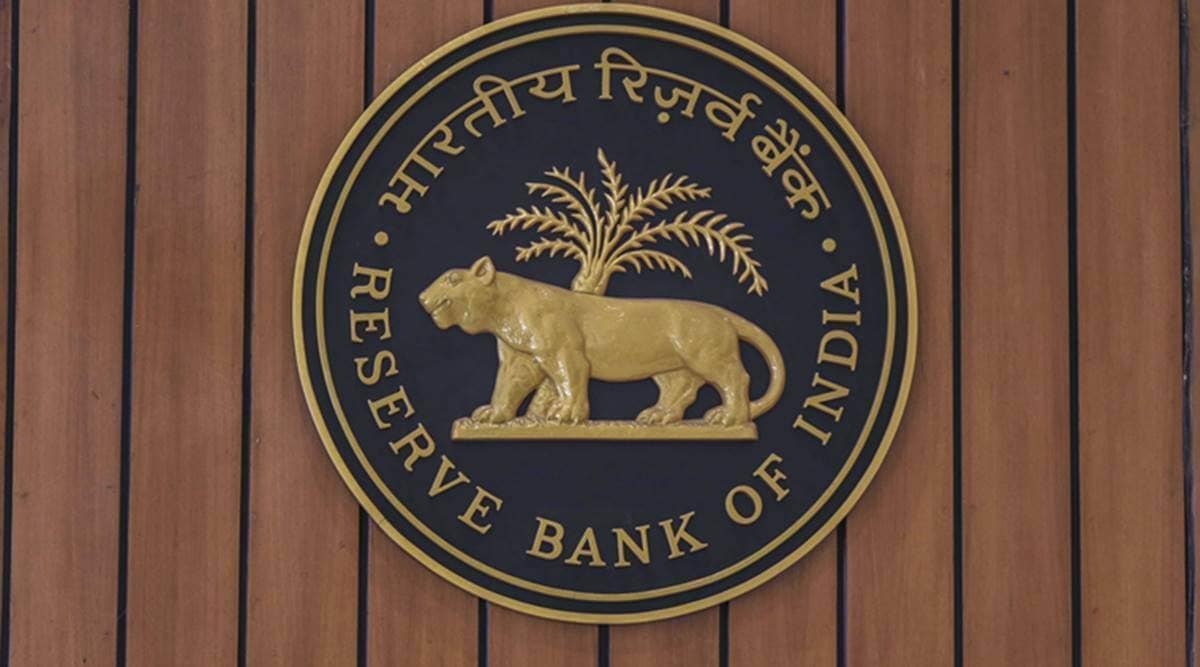Obstacle to rate transmission: external index-linked loans are increasing, but the MCLR remains dominant
[ad_1]
The share of outstanding loans linked to external benchmarks like the repo rate put in place by the Reserve Bank of India has increased significantly over the past two years, but MCLR loans are opaque (or the marginal cost of the lending rate based on on funds) continue to be the dominant rate structure for the banking sector, still hampering rate transmission.
Data collected from banks by the RBI suggests that the share of outstanding loans linked to external referrals – mainly the repo rate which is 4% – increased from 2.4% in September 2019 to 28.5% in March 2021, contributing to a significant improvement in transmission thanks to the persistence of excess liquidity conditions.
According to an RBI report on “Money Transmission in India”, the inheritance of loans linked to internal references (BPLR, base rate and MCLR) together accounted for 71.5% of outstanding rupee loans at interest rates. variable at the end of March 2021, hampering transmission. The share of loans linked to MCLR stood at 62.9% in March 2021. Only 8.6% of variable rate rupee loans were still linked to BPLR and base rate even though the Reserve Bank had moved to plan based on the MCLR more than five years ago. .
“The opacity of the interest rate setting processes under the internal benchmark regime hinders pass-through to lending rates, although the EBLR regime indirectly leads to a moderate improvement in pass-through to the MCLR-based loan portfolio. “Says the RBI report.
The RBI had made it mandatory for banks to link all new personal or retail variable rate loans and variable rate loans to MSMEs to an external benchmark such as the Repo rate as of October 1, 2019. The MCLR method – considered non-transparent – which was introduced into the Indian financial system by the RBI in 2016, replaced the base rate system introduced in 2010.
The central bank report states that information gathered from banks suggests that most banks – 38 of the 58 banks that introduced loans linked to external benchmarks (out of a total of 71 banks that responded to a survey ) – adopted the Reserve Bank repo rate as the external benchmark for floating rate loans to the retail and MSME sectors in May 2021. These include 28 banks public and private sectors and five banks have adopted sector-specific benchmarks. “Data collected from banks suggests a growing share of outstanding loans linked to external referrals – more so for foreign banks followed by private sector banks,†he said.
Outstanding loans (linked to fixed and variable interest rates) in the individual and MSME segments represented 35% of outstanding loans at end-March 2021. “Quarterly frequency of redefining interest rates for loans in progress linked to an external benchmark against the year for loans linked to the MCLR, has helped to improve the pass-through to lending rates on loans in progress, â€he said.
The external benchmark system has prompted banks to adjust their maturity rates as well as savings deposit rates, as lending rates undergo frequent adjustments in line with benchmark rates, in order to protect their net interest margins, thus widening the field of transmission between sectors that are not even related to external referrals, said the RBI. Nonetheless, several transmission brakes at lending rates persist, which call for resolution on a quick clip.
The report indicates that the monetary transmission to all new sanctioned loans in respect of certain sectors where new variable rate loans have been linked to the external benchmark has registered a substantial improvement. National banks’ weighted average lending rates (WALRs) on new rupee loans on home, auto and other personal loans declined significantly between October 2019 and May 2021. “The decline was greatest in the world. case of loans to MSMEs (212 basis points) followed by other personal loans (164 bps). During the same period, the observed decline in the WALR on new rupee loans across all sectors stood at 176 basis points, â€the report said.
Since lending rates are adjusted frequently in accordance with the benchmark rate under the EBLR regime, banks are encouraged to adjust their duration as well as savings deposit rates to amortize their net interest margins. The median national bank savings deposit rate, which has remained stable at 3.5% since October 2017, fell to 3% in June 2020, the RBI said.
The higher interest rates offered by competing savings instruments such as small savings plans and mutual funds have hampered transmission, especially during the easing cycle, the RBI said. Interest rates on small savings plans, administered by the central government, are in principle set with a quarterly lag since April 2016 and are linked to secondary market returns on G-sec of comparable maturities.
Interest rates on the various small savings instruments, after being sharply lowered in the first quarter of 2020-21 in accordance with formula-based rates, remained unchanged in the remaining quarters of 2020-21 and the first quarter. from 2020-2021. Interest rates on various instruments were 46 to 179 basis points higher than formula-based rates for the second quarter of 2021-2022, with implications for monetary transmission.
[ad_2]

